ABOUT
OUR MISSION
The Maasai Wilderness Conservation Trust (MWCT) works to protect the legendary ecosystems and astounding biodiversity of East Africa through conservation that directly benefits local Maasai communities.
MWCT is a pioneering partnership between professional conservationists and dynamic Maasai leaders to show that the Maasai community can thrive, not just survive, by managing their ecosystem wisely. MWCT’s efforts are focused on the Maasai communities and landscapes of Kenya’s Chyulu Hills, within the world-famous Amboseli-Tsavo Ecosystem. This is Hemingway’s “Green Hills of Africa”, deep cloud forests on hills over the savannah teeming with wildlife and Mount Kilimanjaro rising out of the plains.
MWCT funds and operates programs that promote sustainable economic benefits from conserving this ecosystem, creating a cutting edge model of successful community-based conservation.
THE TEAM
-
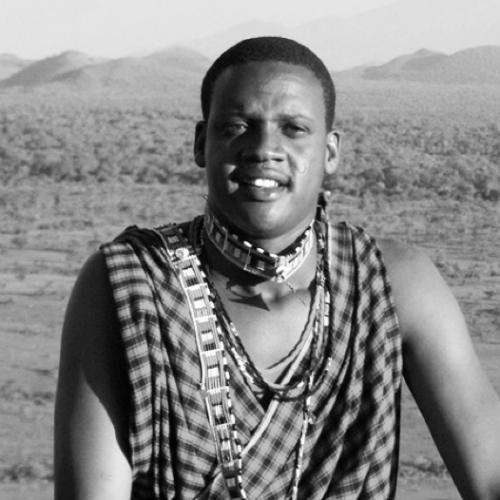 Samson Parashina President & Chairman of the Board
Samson Parashina President & Chairman of the Board -
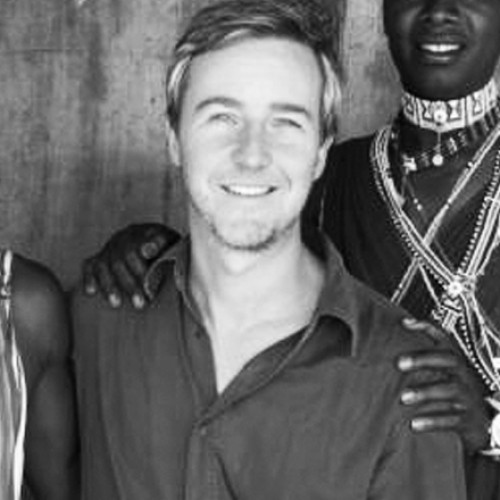 Edward Norton President of the US Board
Edward Norton President of the US Board -
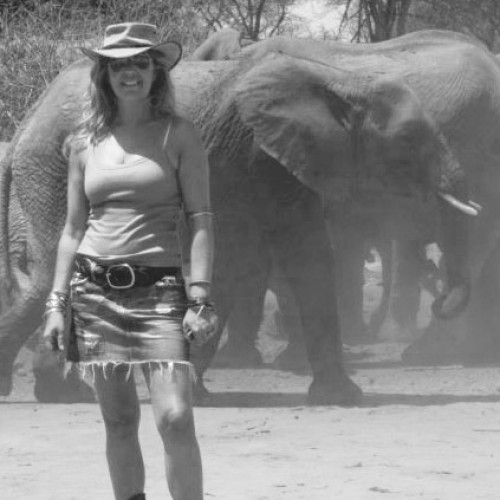 Antonella Bonomi Founder
Antonella Bonomi Founder -
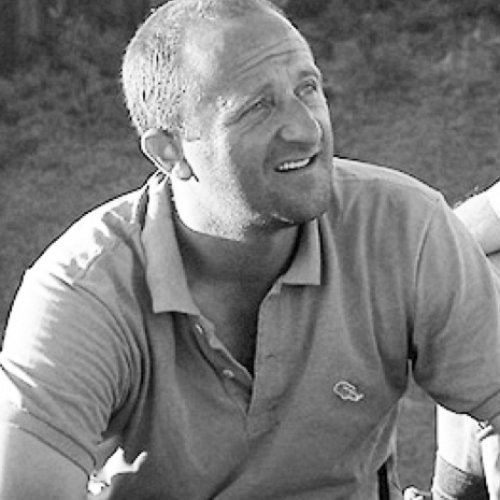 Luca Belpietro Founder & Executive Director
Luca Belpietro Founder & Executive Director -
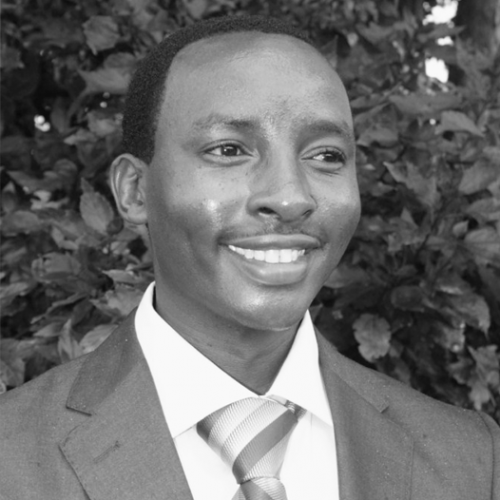 Titus Muia Finance Director
Titus Muia Finance Director -
 PATRICIA CRUZ Communications Director
PATRICIA CRUZ Communications Director -
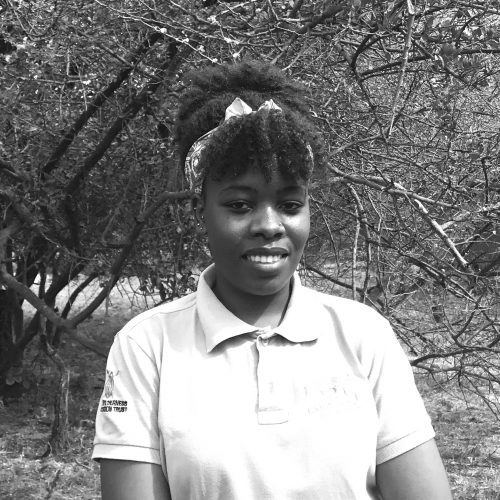 SOFFIYA KADZO Administration Manager
SOFFIYA KADZO Administration Manager -
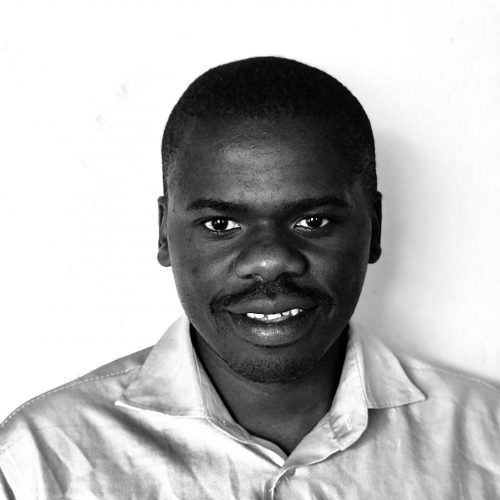 DAVID OKUL Conservation Manager
DAVID OKUL Conservation Manager -
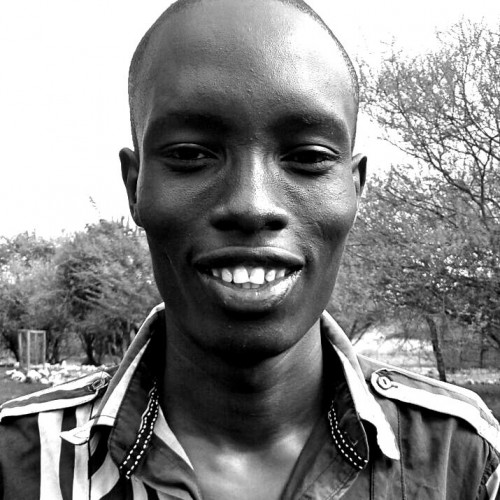 David Kanai Simba Scouts Coordinator
David Kanai Simba Scouts Coordinator -
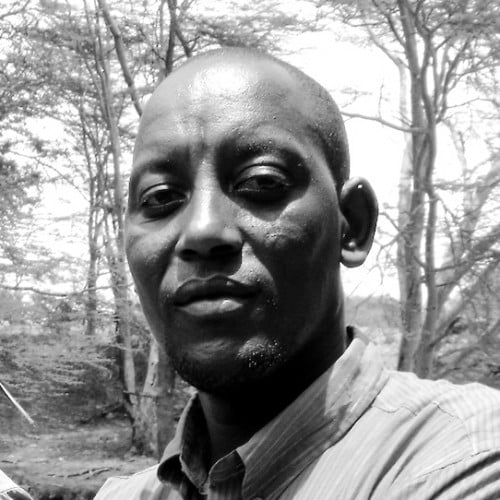 PETER LAITAKWAN Education Coordinator
PETER LAITAKWAN Education Coordinator -
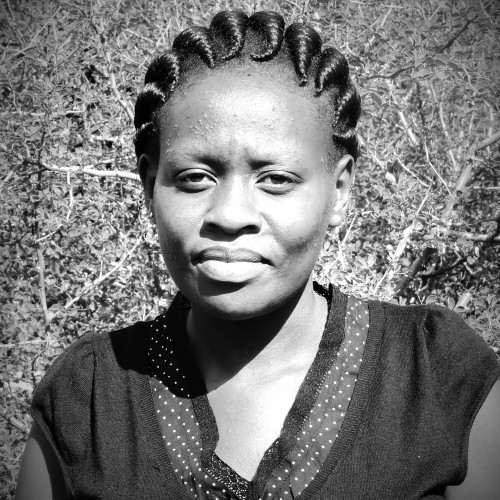 LANOI MEITEKINI Livelihoods Coordinator
LANOI MEITEKINI Livelihoods Coordinator -
 EMMANUEL SILATO Game Scouts Admin Sergeant
EMMANUEL SILATO Game Scouts Admin Sergeant -
 Dr. M.W. Kisika DOCTOR / HEALTH COORDINATOR
Dr. M.W. Kisika DOCTOR / HEALTH COORDINATOR -
 Andrey Arutyunyan REDD+ Carbon Project & Grants Associate
Andrey Arutyunyan REDD+ Carbon Project & Grants Associate



